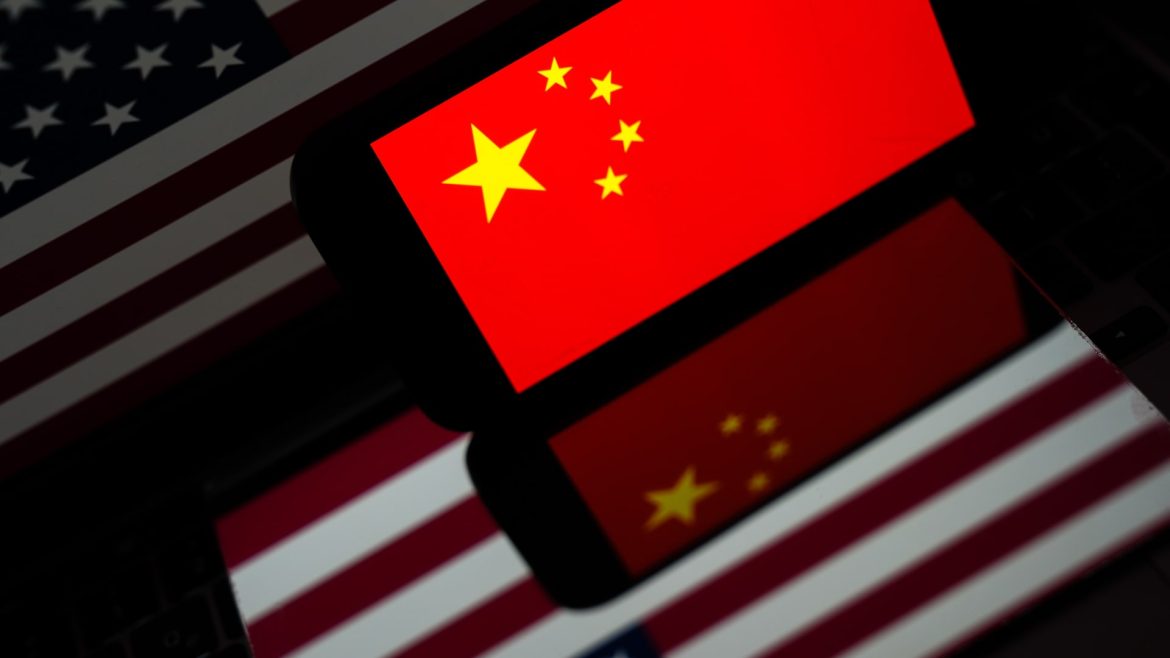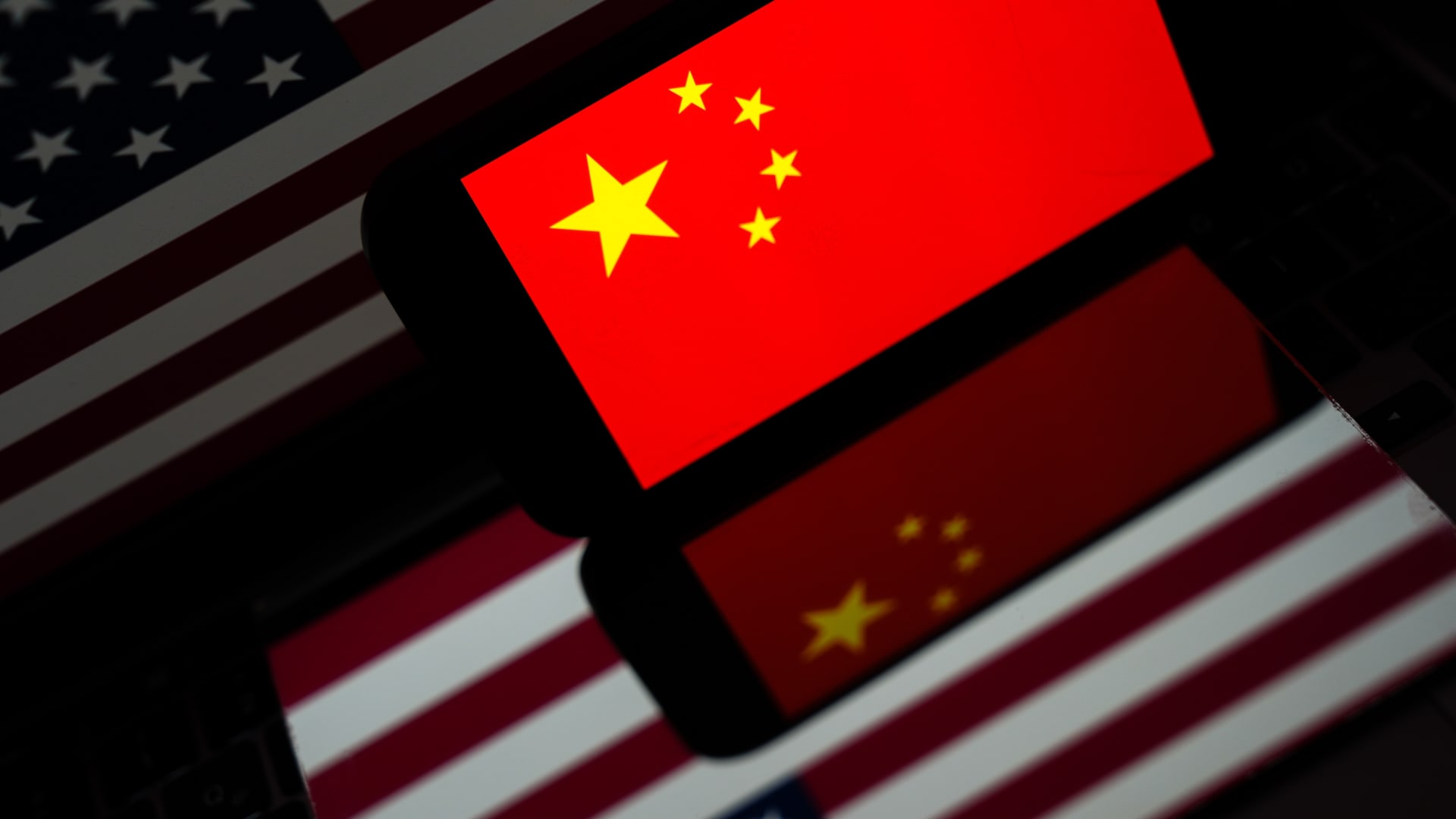The Ongoing Dance of U.S.-China Trade Talks: Progress, Challenges, and the Road Ahead
Setting the Stage: A Complex Relationship in Flux
The relationship between the United States and China is currently navigating a labyrinth of trade negotiations that balance economic interests, geopolitical strategies, and domestic pressures on both sides. Recent communications, highlighted by conversations between Chinese Vice Foreign Minister Ma Zhaoxu and U.S. Deputy Secretary Kurt Campbell, signal a commitment to sustained dialogue, with indications that trade talks are cautiously advancing. Yet, beneath this veneer of progress lie complex challenges, including tariff disputes, technology restrictions, and mutual mistrust.
Signs of Progress and Constructive Engagement
Multiple reports underscore that U.S.-China trade talks are no longer a distant hope but an active process marked by substantive exchanges. Following a series of high-level meetings, including those in Geneva and over weekend sessions, both sides have described their engagements as constructive and “candid, in-depth.” Officials from both nations have highlighted “important consensus,” with agreements to establish mechanisms such as a “trade consultation platform” intended to maintain communication and manage disputes.
Additionally, temporary tariff reductions on certain goods reflect a willingness to de-escalate tensions and create space for negotiations. Statements from Chinese trade envoys describe the talks as “good,” acknowledging progress despite continued public posturing and subtle political maneuvering.
Challenges: Tariffs, Huawei, and Strategic Mistrust
Despite momentum, the talks face serious obstacles. The U.S. has employed tariffs aggressively, with former President Trump’s policies resulting in significant tariffs on Chinese imports. China has retaliated with its own tariff increases, including a hike up to 125% on certain U.S. products, alongside restrictions on rare-earth mineral exports critical to U.S. industries. The Huawei chip ban symbolizes the broader tech conflict, with Beijing warning that continued U.S. measures damaging Chinese interests will prompt resolute responses.
Negotiations are further complicated by underlying mistrust. Both sides seek to avoid appearing weak domestically, tempering openness in public statements. While China emphasizes mutual respect and equality as negotiation bases, it also warns against “coercion” tactics. The U.S., meanwhile, stresses the importance of enforcement mechanisms to secure fair trade practices.
Potential Thaw: Indicators and Conditions
Recent exchanges hint at a potential thaw in relations, with China evaluating options to resume formal talks following tariff hikes. Beijing’s openness appears contingent on the U.S. demonstrating sincerity and halting extreme pressures. The initiative to maintain communication channels, set up consultation mechanisms, and explore dialogue around trade barriers and intellectual property rights are positive steps.
However, comprehensive agreements remain elusive, given the breadth of contentious issues—from market access and subsidies to national security concerns and technology transfer. Analysts anticipate that reaching a broad, binding deal will be a gradual process requiring patience and pragmatism.
Economic and Global Implications
The U.S.-China trade dynamic not only impacts bilateral commerce but also has ramifications for the global economy. Tariff wars disrupt supply chains, unsettle markets, and compel other regions, such as the European Union, to seek alternative free trade agreements to mitigate exposure to U.S.-China tensions. A successful negotiation could stabilize financial markets and restore confidence, whereas failure or escalation risks further economic uncertainty.
Furthermore, trade talks influence strategic competition in critical sectors such as technology and rare-earth minerals, with both nations leveraging economic tools for geopolitical advantage. The outcome will shape the future rules and frameworks governing global trade.
A Delicate Balancing Act Moving Forward
Maintaining ongoing dialogue is an achievement in itself, considering the scale and complexity of issues at stake. It reflects both sides’ recognition that confrontation is costly and that cooperation, even if incremental, serves mutual interests better than protracted hostility.
The path forward involves navigating a tightrope—preserving domestic political capital, safeguarding strategic objectives, and accommodating economic imperatives. Continued engagement, transparency about negotiation objectives, and a willingness to find middle ground will be essential.
Conclusion: Carefully Advancing Toward Uncertain Horizons
The unfolding U.S.-China trade conversations reveal a nuanced and evolving relationship characterized by cautious optimism, strategic calculations, and unresolved tensions. While recent communications and talks embody progress and a mutual desire to manage conflict, substantive breakthroughs remain constrained by deep-seated differences and external pressures.
The next chapters in this dialogue will test the ability of two global powers to reconcile competing interests without fracturing the economic interdependence that has defined recent decades. Success hinges not on grand gestures but on steady, measured negotiation—balancing diplomacy, economics, and national interests in a high-stakes interaction scarcely matched in contemporary international relations.





